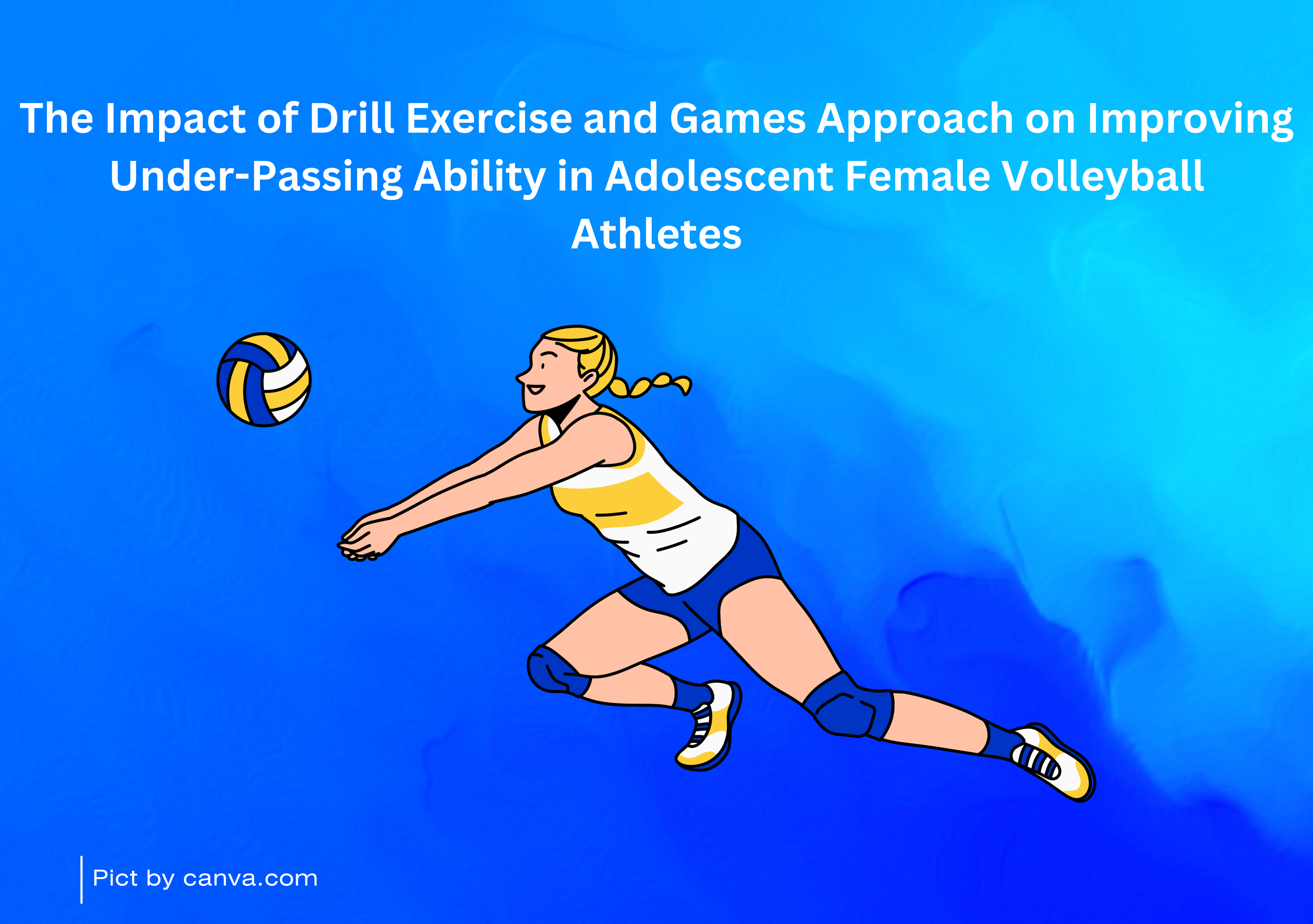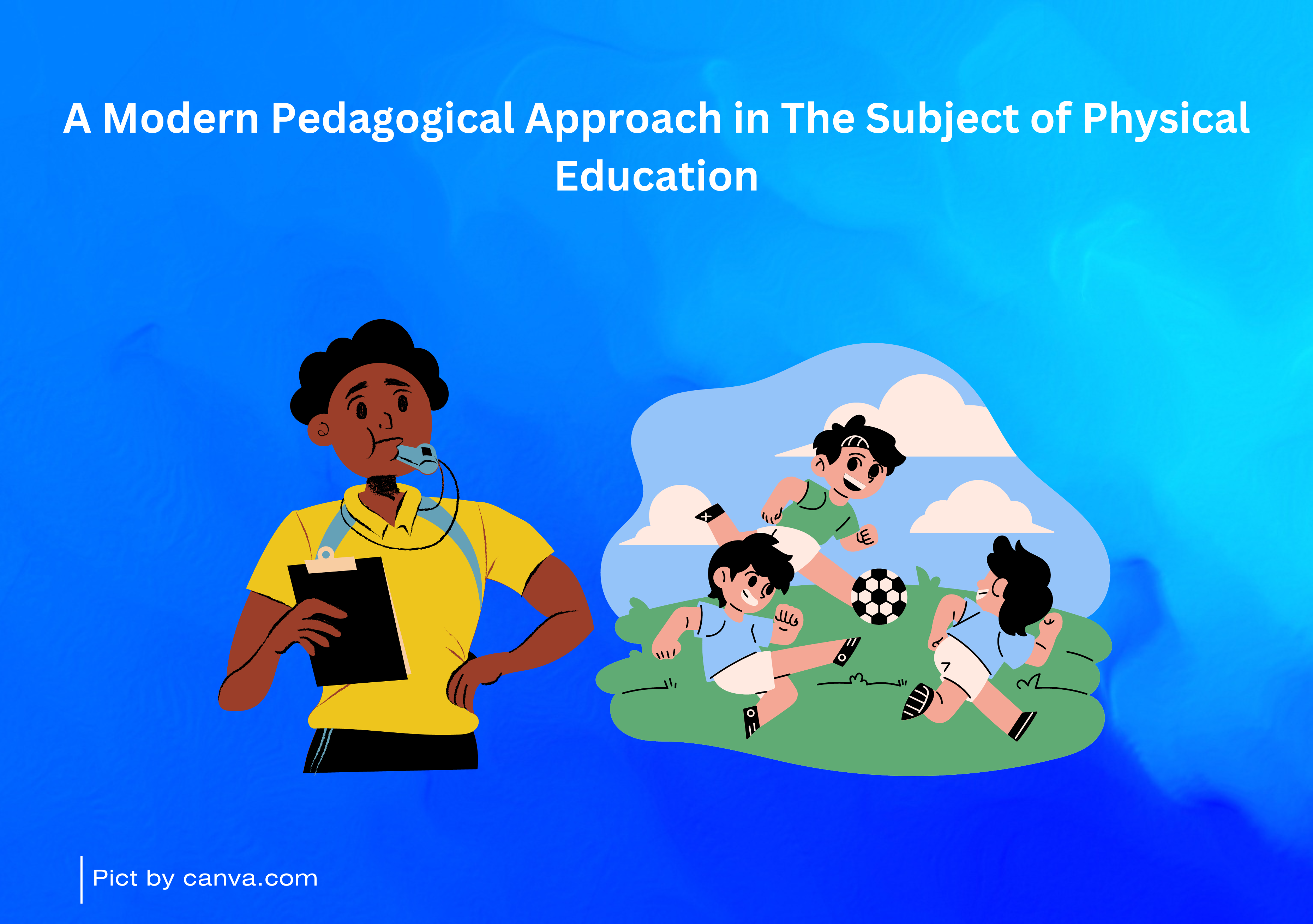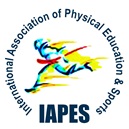Promoting gender responsiveness in teaching physical education

Downloads
Background: Implementing gender policies in physical education at Batangas State University remains moderate, with challenges in ensuring gender-responsive and equitable activities for male and female students. Issues such as students' self-confidence, self-perception, and limited gender mainstreaming strategies and resources hinder the development of a more inclusive learning environment.
Objectives: This study examined gender policy implementation, the use of strategies and resources in various physical education activities, differences in male and female instructors' assessments, challenges in gender mainstreaming, and the development of gender-responsive activities.
Methods: A descriptive research method was used, collecting data from 105 university physical education instructors (77 males, 28 females) through a researcher-made survey questionnaire.
Results: Findings revealed that gender policies were moderately implemented (mean score: 3.47), while both male (3.67) and female (3.63) instructors highly utilized strategies and resources in physical fitness, rhythmic activities, individual and dual sports, and team sports. No significant differences were observed in male and female educators' assessments, indicating shared perspectives on gender mainstreaming.
Conclusions: The study emphasizes the need for more vigorous policy enforcement and improvements in sports-related content to enhance gender inclusivity. Addressing self-confidence, self-perception, and individual differences is crucial for fostering equitable learning experiences. Universities should provide continuous professional development for PE instructors on gender-sensitive teaching strategies. Future research should explore the long-term impact of gender-responsive approaches on student engagement, performance, and overall well-being in physical education.
Aartun, I., Walseth, K., Standal, Ø. F., & Kirk, D. (2022). Pedagogies of embodiment in physical education–a literature review. Sport, Education and Society, 27(1), 1-13. https://doi.org/10.1080/13573322.2020.1821182
Albaladejo, E. M. (2016). Implementation of gender and development among higher education institutions: Input to GAD enhancement program. JPAIR Institutional Research, 7(1), 15-23. https://doi.org/10.7719/irj.v7i1.368.
Ananga, E. D. (2021). Gender responsive pedagogy for teaching and learning: The practice in Ghana’s initial teacher education programme. Creative Education, 12(04), 848–864. https://doi.org/10.4236/ce.2021.124061
Cagang, A. J., Sinang, A., Butlig, S. P. Q., & Espanola, E. (2023). Gender and Development Towards Gender-sensitive Pedagogical Practices of Pre-service Teachers Basis for a University GAD Program. Asian Journal of Education and Social Studies, 49(3), 266-280. https://ssrn.com/abstract=4629477
Caywood, K., & Darmstadt, G. L. (2024). Gender mainstreaming at 25 years: Toward an inclusive, collaborative, and structured research agenda. Journal of Global Health, 14, 04011. https://doi.org/10.7189/jogh.14.04011
Delextrat, A., Esser, P., Beale, N., Bozon, F., Eldridge, E., Izadi, H., Johansen-Berg, H., Wheatley, C., & Dawes, H. (2020). Effects of gender, activity type, class location and class composition on physical activity levels experienced during physical education classes in British secondary schools: a pilot cross-sectional study. BMC Public Health, 20(1), 1590. https://doi.org/10.1186/s12889-020-09698-y
Gerdin, G., & Pringle, R. (2023). Masculinities, Sexualities, and Physical Education. In The Palgrave Encyclopedia of Sexuality Education (pp. 1-10). Cham: Springer International Publishing. https://doi.org/10.1007/978-3-030-95352-2_113-
Gråstén, A., & Kokkonen, M. (2022). Perceived teaching efficacy and coeducational vs. single-sex grouping in physical education teachers. Curriculum Studies in Health and Physical Education, 13(2), 123-137. https://doi.org/10.1080/25742981.2021.1997615
Gråstén, A., Kokkonen, J., & Kokkonen, M. (2022). Gender bias and gender equality beliefs in teaching efficacy profiles of Finnish physical education teachers. Teachers and Teaching, 28(2), 246-262. https://doi.org/10.1080/13540602.2022.2062714
Hernandez, T. A., & Cudiamat, M. A. (2018). Integrating gender and development (GAD) in the classroom: The case of Lucsuhin National High School, Department of Education-Philippines. KnE Social Sciences, 1135-1141. https://doi.org/10.18502/kss.v3i6.2430
Jabeen, A., Marwat, M., Khan, A., & Ali, K. (2017). Issues and challenges for female’s participation in physical activities at secondary school level in Sargodha division. MOJ Sports Med, 1(6), 146-4. https://doi.org/10.15406/mojsm.2017.01.00032
Jayachandran, S. (2015). The roots of gender inequality in developing countries. Annual review of economics, 7(1), 63-88. https://doi.org/10.1146/annurev-economics-080614-115404
Manuel, J. D. (2024). Communicating the Implementation of Gender and Development (GAD): A Classroom Setting Experience in Higher Education Institutions (HEIS). International Journal of Research and Innovation in Social Science, 8(4), 313-328.
Murphy, B., Dionigi, R. A., & Litchfield, C. (2014). Physical education and female participation: A case study of teachers' perspectives and strategies. Issues in educational research, 24(3), 241-259. http://www.iier.org.au/iier24/murphy.html
Motevalli, M., Apflauer, G., & Wirnitzer, K. (2024). Advancing school education: A proposal for modernizing the school subject" Physical Education" for today's needs. Current Issues in Sport Science, 9(4), 944. https://doi.org/10.36950/2024.4ciss044
Nurwahyuningsih, P., Nurianti, N., & Nurlinda, N. (2024). Gender Equality in Schools: Providing Gender Equality Learning Environment. ELS Journal on Interdisciplinary Studies in Humanities, 7(1), 134-140. https://doi.org/10.34050/elsjish.v7i1.33217
Porter, F., & Sweetman, C. (2005). Mainstreaming Gender in Development: A critical review.
Sfm, C., Van Cauwenberg, J., Maenhout, L., Cardon, G., Lambert, E. V., & Van Dyck, D. (2020). Inequality in physical activity, global trends by income inequality and gender in adults. International Journal of Behavioral Nutrition and Physical Activity, 17, 1-8. https://doi.org/10.1186/s12966-020-01039-x
Smiley, S. (2015). Gender issues in physical education. https://skemman.is/handle/1946/20591
Stoet, G., & Geary, D. C. (2018). The gender-equality paradox in science, technology, engineering, and mathematics education. Psychological science, 29(4), 581-593. https://doi.org/10.1177/0956797617741719
Stride, A., Flintoff, A., Fitzgerald, H., Drury, S., & Brazier, R. (2018). Gender, physical education and active lifestyles: Contemporary challenges and new directions. Sport, Education and Society, 23(7), 633-637. https://doi.org/10.1080/13573322.2018.1494564
Sumadsad, C., & Tuazon, A. (2016). Gender and Development (GAD) awareness in a higher education institution. International Journal of Educational Science and Research (IJESR), 6(3), 75-86. https://ssrn.com/abstract=2838156
Valdivia-Moral, P., Molero, D., Díaz-Suarez, A., Cofre, C., & Zagalaz-Sánchez, M. L. (2018). Coeducational methodology used by physical education teachers and students’ perception of it. Sustainability, 10(7), 2312. https://doi.org/10.3390/su10072312
Valley, J. A., & Graber, K. C. (2017). Gender-Biased Communication in Physical Education. Journal of Teaching in Physical Education, 36(4), 498–509. https://doi.org/10.1123/jtpe.2016-0160
Women, U. N. (2020). Gender mainstreaming: A global strategy for achieving gender equality and the empowerment of women and girls. United Nations.
Copyright (c) 2025 Ryan Cazel Lalog

This work is licensed under a Creative Commons Attribution-ShareAlike 4.0 International License.
























